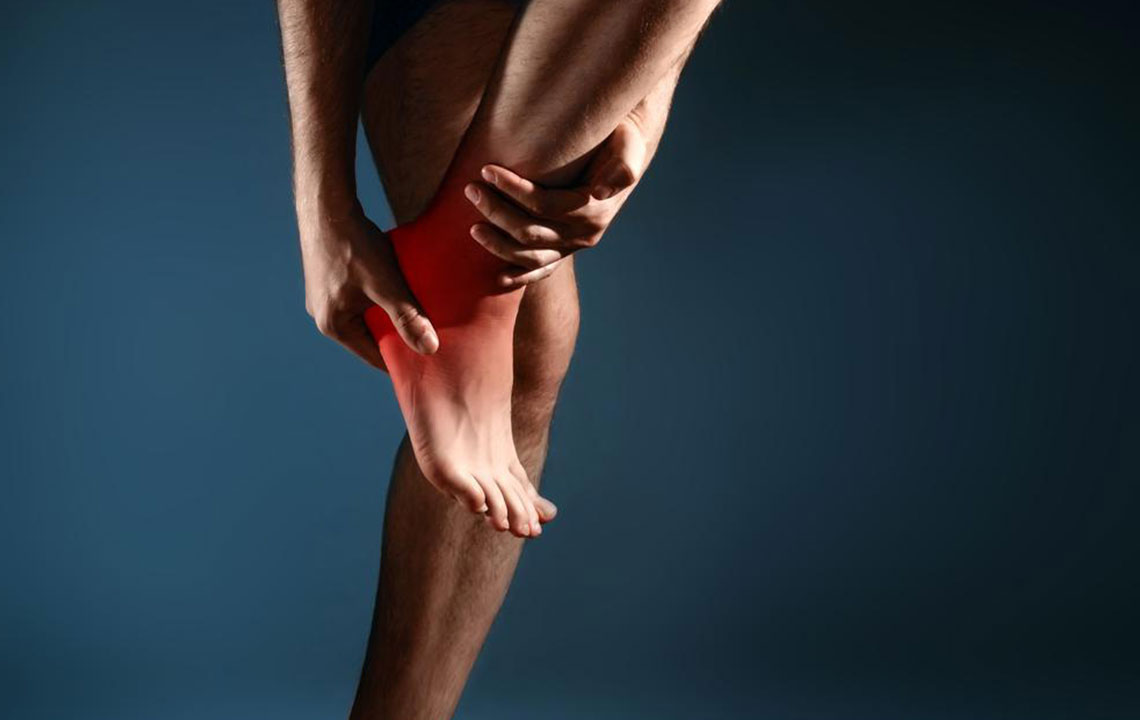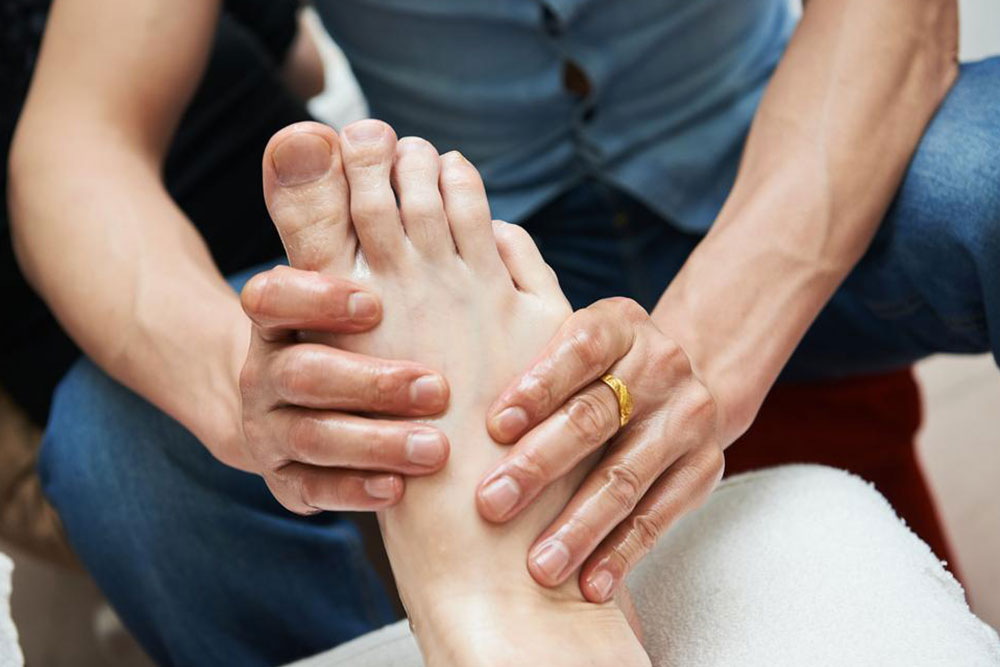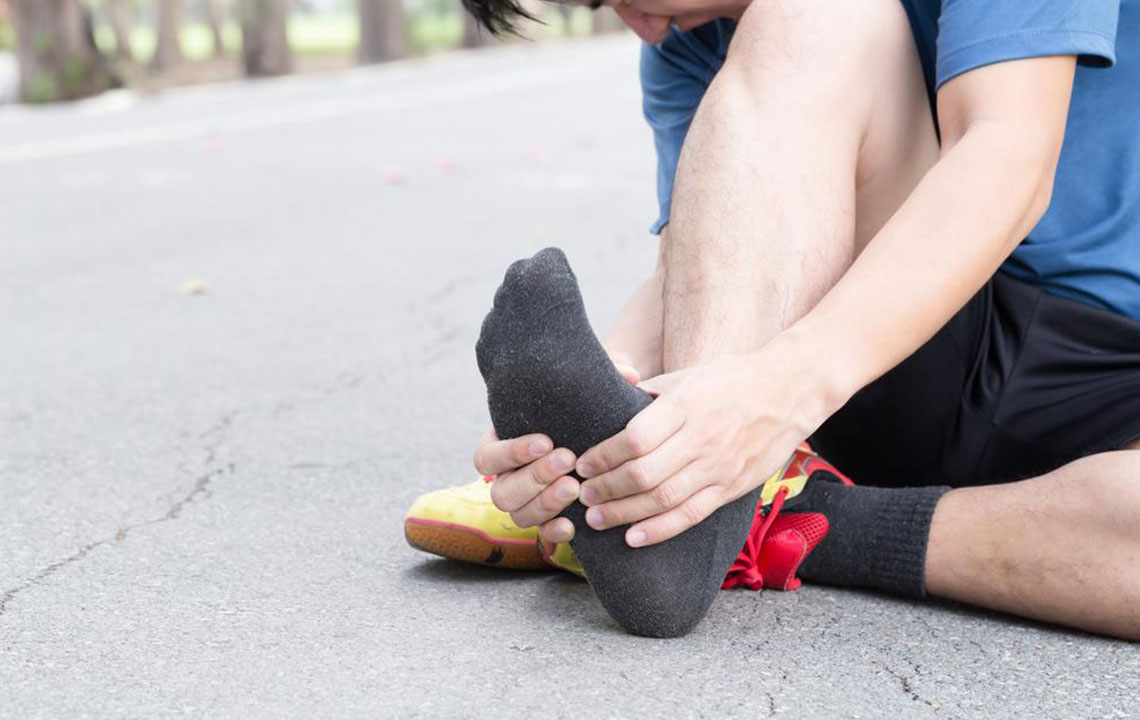Ultimate Guide to Heel Spurs: Causes, Symptoms, and Effective Treatments
This comprehensive guide explores heel spurs, their causes, symptoms, and treatment options. It offers practical advice on prevention, including supportive footwear, stretching, and diet. Whether mild or severe, understanding heel spurs can help manage discomfort and maintain foot health effectively.

Ultimate Guide to Heel Spurs: Causes, Symptoms, and Effective Treatments
A heel spur is a bony protrusion that forms on the heel bone as a result of calcium buildup, often due to repetitive stress or injuries. Common among athletes engaged in running or jumping, heel spurs develop when the plantar fascia tissue supporting the arch becomes overstretched or damaged. The body's healing response triggers calcium deposits, creating a noticeable growth. These spurs frequently cause heel pain, especially when waking up or after extended activity.
Causes of heel spurs:
Heel spurs form when calcium accumulates on the underside of the heel over time. Repetitive strain, ligament tears, and overstretching of the plantar fascia contribute to spur development. Factors like excess weight, abnormal gait patterns, and ill-fitting shoes lacking proper heel support can raise risk levels. Prolonged stress damages tissues, prompting calcium to deposit as part of the healing process.
Signs and symptoms:
Many individuals with heel spurs experience no symptoms, but some report sharp, stabbing pain while walking, running, or standing. Morning stiffness and pain upon waking are common signs. Inflammation of surrounding soft tissues can intensify discomfort, even if the spur itself isn’t directly painful.
Types of heel spurs:
Heel spurs are generally classified into two types: those located beneath the heel known as inferior calcaneal spurs, and those at the back of the heel near the Achilles tendon, called posterior spurs.
Available treatment options:
Non-invasive methods: Mild cases often respond well to conservative treatments. Rest, stretching exercises, and physical therapy can reduce pain. Orthopedic insoles, heel pads, and taping techniques help lessen tissue stress. Over-the-counter pain relievers such as ibuprofen and acetaminophen can reduce inflammation. For persistent pain, corticosteroid injections may be beneficial.
Surgical options: When symptoms persist beyond 10-12 months despite conservative measures, surgery might be considered. The procedure involves removing the spur and releasing tension in the plantar fascia. Postoperative recovery may require crutches or specialized footwear. Though effective, surgery carries risks like nerve injury, infection, and possible recurrence.
Preventive strategies:
Wearing footwear that offers good arch support, shock absorption, and proper fit can help prevent heel spurs. Using cushioned and stable shoes suited to your activity level, warming up, and stretching before exercise reduce strain on the heel. Maintaining a healthy weight further alleviates stress, lowering the risk of spur formation.
The role of diet:
A nutritious diet rich in magnesium, zinc, and silicon supports tissue repair and health. Incorporating anti-inflammatory foods like pineapple and papaya can help decrease heel swelling and discomfort. Proper nutrition combined with supportive footwear and active habits are vital for preventing and managing heel spurs.
Adopting these strategies can help ease existing heel spur symptoms and prevent future occurrences, fostering healthier feet and improved mobility.


